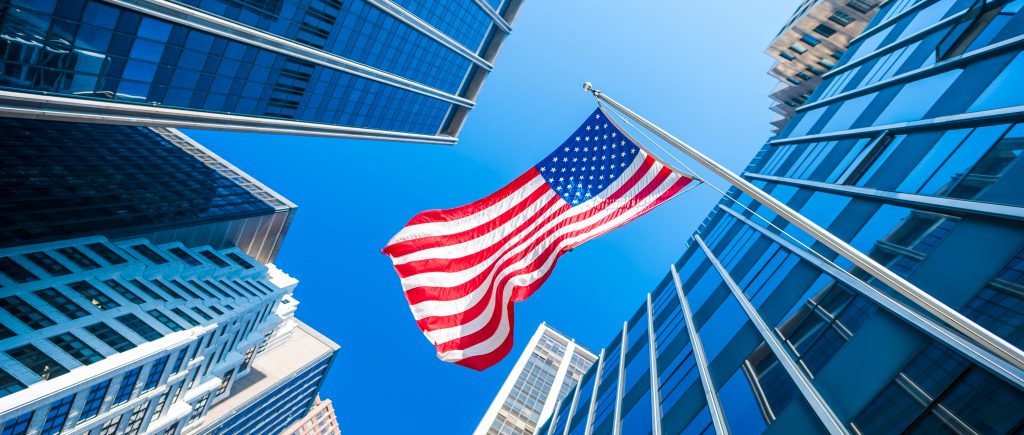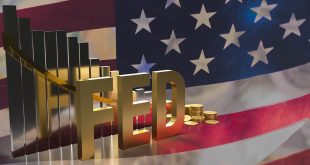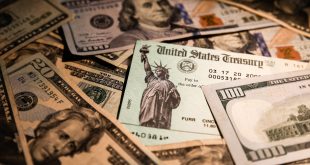Wall Street’s latest surge appears impressive on paper — but it may also be dangerously detached from the real economy. Big U.S. banks have collectively added more than $238 billion in market value this year, as investors bet these institutions can continue to thrive despite political gridlock, volatile trade conditions, and signs of consumer fatigue.
Their third-quarter earnings reinforced that optimism. Profits rose significantly across major institutions, driven primarily by trading and investment banking rather than consumer lending.
Markets divisions posted double-digit revenue growth, and corporate investment arms saw dramatic increases in net income. In short, Wall Street’s deal-making and speculation are thriving — even as everyday Americans pull back on spending.
This widening disconnect exposes a structural fault line. Wall Street’s success now depends partly on “shadow banks” — hedge funds, private lenders, and asset managers that operate outside the traditional banking system. These players borrow from big banks to finance riskier bets. But warning signs are emerging. One major bank, for example, absorbed a $170 million loss linked to the collapse of a subprime auto lender catering to lower-income borrowers.
Meanwhile, Main Street’s troubles are harder to ignore. Consumer banking revenue grew at a slower pace, and credit card revenue declined, signaling weaker household spending. Rising loan delinquencies among subprime borrowers, along with corporate failures in sectors like auto parts manufacturing, hint at deeper economic strain beneath the surface.
For now, the big banks appear insulated from these risks. Markets remain euphoric, and investors are rewarding every strong earnings headline. But commentary from bank executives suggests awareness of a looming imbalance — with acknowledgments of “excess” in asset prices and recognition that current exuberance is artificially boosting performance.
The Bubble Beneath the Boom
Signs of a speculative bubble are beginning to surface, particularly in sectors like artificial intelligence. Capital flows within the AI ecosystem are increasingly circular, with vendors and customers financially supporting one another. Experts warn that such interdependence reduces systemic resilience: if something goes wrong, the impact spreads across the system rather than remaining isolated.
Some veteran investors have questioned the sustainability of this dynamic, noting the irony in sellers subsidizing buyers while claiming infinite demand. This pattern echoes the dot-com bubble of the late 1990s, when internet service providers rushed to expand infrastructure but quickly ran out of cash.
Today, the exuberance surrounding AI and financial markets may be similarly overextended — with Wall Street sprinting ahead of an economy still catching its breath.
The danger is that this exuberance won’t last. Wall Street’s profits may look self-sustaining, but the financial system can’t permanently decouple from the health of American consumers. Once spending slows further, defaults rise, or shadow lenders falter, the repercussions may eventually return to the same institutions now posting record gains. If history is any guide, that gap will eventually close — and not gently.

 Noor Trends News, Technical Analysis, Educational Tools and Recommendations
Noor Trends News, Technical Analysis, Educational Tools and Recommendations




